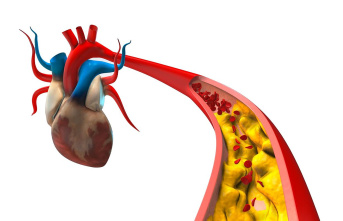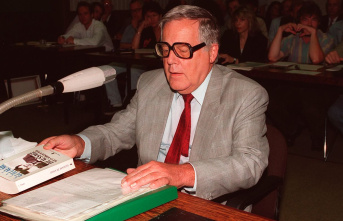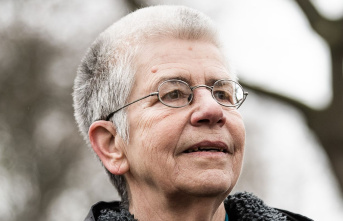Seagrass meadows are one of the ecosystems that are capable of absorbing the most carbon, but if they are degraded, these "sinks" can become the opposite, large emitters of carbon dioxide. This is what an international team of researchers, led by the Institute of Environmental Science and Technology of the Autonomous University of Barcelona and the Edith Cowan University, in Australia, has confirmed occurred in the seagrass beds of Shark Bay, one of the largest warehouses of carbon dioxide in the world, after the heat wave that hit Western Australia between 2010 and 2011.
According to the researchers in the journal “Nature Climate Change”, this episode of heat is unprecedented and raised the temperature of the water some 2-4ºC above average for more than two months, considerably damaging the seagrass area of Shark Bay. , which stores 1.3% of the total carbon dioxide stored in seagrass soils across the planet.
What the researchers have seen is that the exceptional heat wave would not only have affected its ability to capture carbon dioxide, but would have released tons of the CO2 stored in this ecosystem for centuries into the atmosphere.
The heat wave caused the defoliation of the seagrass meadow of Amphibolis antarctica in the iconic Shark Bay, declared a World Heritage Site. “When an event like the Shark Bay grassland losses occurs, not only do you lose the benefits of carbon dioxide sequestration, but the dioxide stored as organic carbon is released back into the atmosphere during the decomposition of the grass. matter of the prairies”, indicates Óscar Serrano, a researcher at the Edith Cowan University.
"The loss of seagrass beds in Shark Bay after this heat wave could have released some nine million tons of carbon dioxide into the atmosphere over the three years after the event," explains Núria Marbà, a CSIC researcher at the Mediterranean Institute of Studies, a center that has also collaborated in the study, together with the Center for Advanced Studies in Blanes. This amount is roughly the equivalent of the annual CO2 emission of 800,000 homes, two coal-fired power plants, or 1,600,000 cars driven for 12 months. And she guessed that Australia's emissions from land-use change increased by 21%.
The researchers mapped 70% of this place in 2014 and found that 22% of the seagrass habitat had been lost compared to 2002. This equates to a seagrass area of about 1,100 square kilometres.
The truth is that «the losses of the summer of 2010/11 are unprecedented. The net loss of grassland was accompanied by a dramatic decline in grassland extent. What remains are scattered areas. The “dense” areas have been reduced from 72% in 2002 to 46% in 2014”, explains Ariane Arias-Ortiz, from the Institute of Environmental Science and Technology, first signatory of the study.
“This decline is very significant because seagrass beds are among the most powerful CO2 sinks in the biosphere, which is why they are known as blue carbon ecosystems. Like any primary producer, they use carbon dioxide during photosynthesis, generating carbon-rich organic matter. A large part of that production is buried in its soils in an organic way. The carbon dioxide that is trapped in soils potentially stays there for millennia if grassland ecosystems remain intact," explains Carlos Duarte, director of the Red Sea Research Center at King Abdullah University of Science and Technology (Saudi Arabia). Saudi), who has directed the thesis of the main author.
"Although grasslands can be restored, the important thing is that we must prevent the loss of grasslands that store CO2, because the emission of carbon dioxide from degraded grassland ecosystems far exceeds the annual capture capacity of grasslands in good condition," says Arias. -Ortiz. “In the face of climate change that will increase the frequency of extreme temperatures, the permanence of these carbon dioxide stores is compromised, which increases the importance of reducing the emission of greenhouse gases, and the management of actions to avoid adverse effects. in the climate system," he adds.
2












